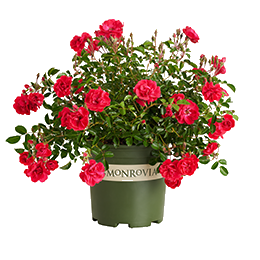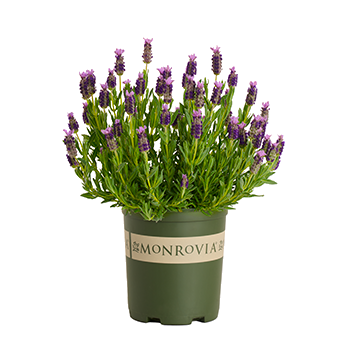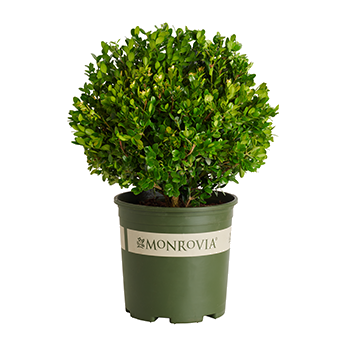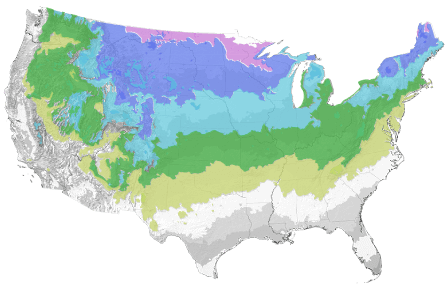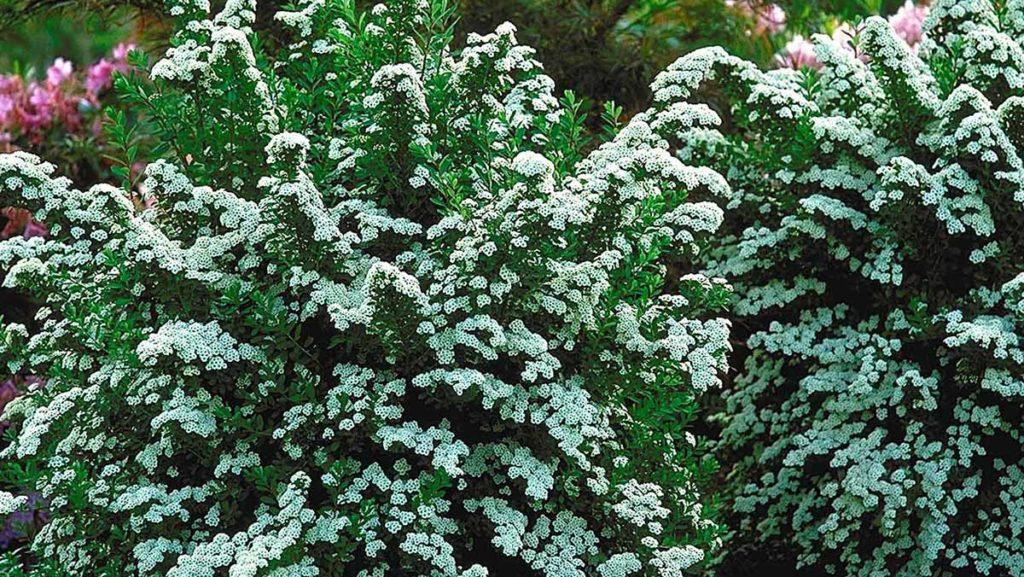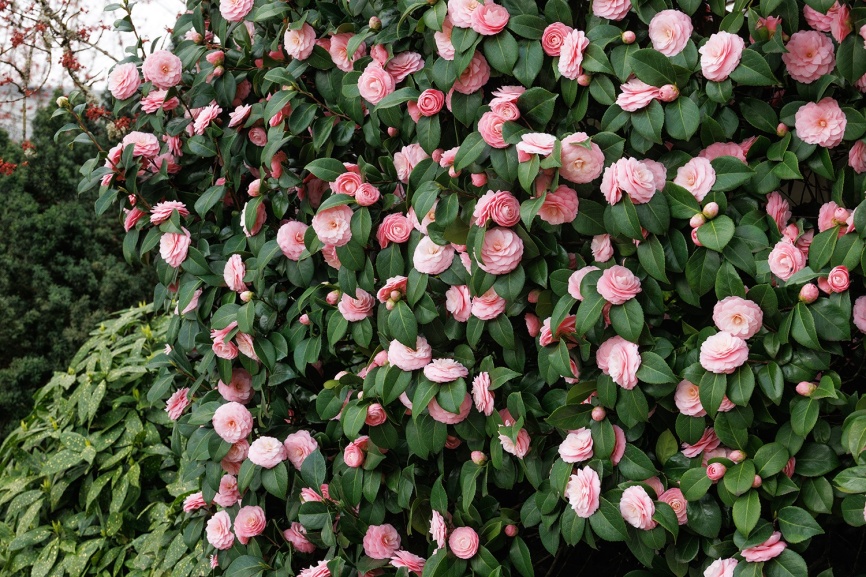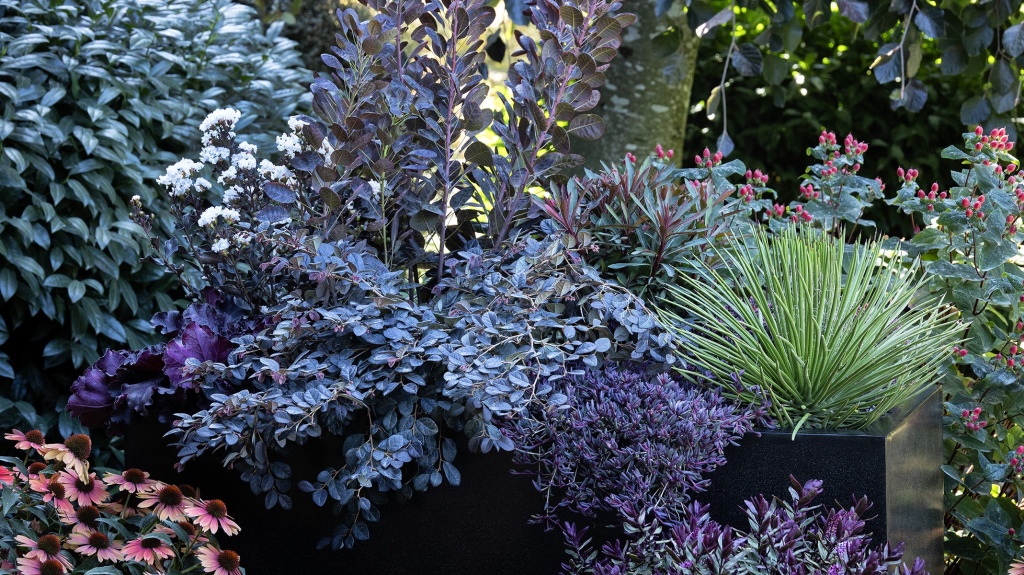You're growing in this Zip Code:
Change LocationDiscover Plants for Your Area
Abbotswood Potentilla
Potentilla fruticosa 'Abbotswood'
Retailers Near You
| Description | An excellent dwarf shrub that will provide brilliant summer interest with masses of bright white blooms that cover the fine green foliage, long after many plants have stopped flowering. A versatile plant for use as an accent or along walkways, in borders, low hedges, and foundation plantings. Deciduous. |
|---|---|
| Bloom Time | Summer |
| Deciduous/Evergreen | Deciduous |
| Special Features | Attracts Butterflies, Easy Care, Waterwise, Non-toxic to Cats and Dogs, Attracts Pollinators, Compact Form |
| Problems/Solutions | Deer Resistant, Erosion Control, Rabbit Resistant, Road Salt Tolerant |
| Growth Rate | Moderate |
| Growth Habit | Rounded |
| Flower Attributes | Showy Flowers |
| Landscape Use | Border, Hedge, Ground Cover |
| Design Ideas | Use as a fast-growing shrub for hot, dry places in the garden. Grow in the perennial border at middle to rear location. Small enough for edging or an informal hedge. Particularly lovely for adding late-summer color to moonlight or all-white gardens. An ideal foundation plant for under low picture windows in front yards. Potentilla is a most resilient plant for adding zest to drought-resistant gardens or for that cheerful rangy quality so loved in country or cottage gardens. |
| Flower Color | White |
| Foliage Color | Gray-green |
| Companion Plants | Switch Grass (Panicum); Weigela (Weigela); Catmint (Nepeta); Ninebark (Physocarpus); Spirea (Spiraea) |
| Care Instructions | Thrives in light, average to poor, well-drained soils. Follow a regular watering schedule during the first growing season to establish a deep, extensive root system. Water deeply, less frequently when established; tolerates some drought. Feed with a general purpose fertilizer before new growth begins in spring. |
| History | The genus Potentilla, commonly known as cinquefoil (five-leaflets) is classified in the rose family with flowers that resemble those of a 5 petal wild rose. It includes over 500 different species of shrubs and herbaceous plants. The genus was classified by Linnaeus in the 18th century, the name derived from the Latin potens, which means powerful, as the European species were considered potent medicinal plants. This species is native to much of Canada, New England and cold mountains from coast to coast. This species and its cultivars encompasses most of the cultivated plants in the genus. There was an effort to reclassify the plant in its own genus Daisphora fruticosa by Per Axel Rydberg, 1860-1931 of the New York Botanical Garden. |
| Description | An excellent dwarf shrub that will provide brilliant summer interest with masses of bright white blooms that cover the fine green foliage, long after many plants have stopped flowering. A versatile plant for use as an accent or along walkways, in borders, low hedges, and foundation plantings. Deciduous. |
|---|---|
| Bloom Time | Summer |
| Deciduous/Evergreen | Deciduous |
| Special Features | Attracts Butterflies, Easy Care, Waterwise, Non-toxic to Cats and Dogs, Attracts Pollinators, Compact Form |
| Problems/Solutions | Deer Resistant, Erosion Control, Rabbit Resistant, Road Salt Tolerant |
| Growth Rate | Moderate |
| Growth Habit | Rounded |
| Flower Attributes | Showy Flowers |
| Landscape Use | Border, Hedge, Ground Cover |
|---|---|
| Design Ideas | Use as a fast-growing shrub for hot, dry places in the garden. Grow in the perennial border at middle to rear location. Small enough for edging or an informal hedge. Particularly lovely for adding late-summer color to moonlight or all-white gardens. An ideal foundation plant for under low picture windows in front yards. Potentilla is a most resilient plant for adding zest to drought-resistant gardens or for that cheerful rangy quality so loved in country or cottage gardens. |
| Flower Color | White |
| Foliage Color | Gray-green |
| Companion Plants | Switch Grass (Panicum); Weigela (Weigela); Catmint (Nepeta); Ninebark (Physocarpus); Spirea (Spiraea) |
| Care Instructions | Thrives in light, average to poor, well-drained soils. Follow a regular watering schedule during the first growing season to establish a deep, extensive root system. Water deeply, less frequently when established; tolerates some drought. Feed with a general purpose fertilizer before new growth begins in spring. |
|---|
| History | The genus Potentilla, commonly known as cinquefoil (five-leaflets) is classified in the rose family with flowers that resemble those of a 5 petal wild rose. It includes over 500 different species of shrubs and herbaceous plants. The genus was classified by Linnaeus in the 18th century, the name derived from the Latin potens, which means powerful, as the European species were considered potent medicinal plants. This species is native to much of Canada, New England and cold mountains from coast to coast. This species and its cultivars encompasses most of the cultivated plants in the genus. There was an effort to reclassify the plant in its own genus Daisphora fruticosa by Per Axel Rydberg, 1860-1931 of the New York Botanical Garden. |
|---|
Retailers Near You
About Us
We have been pioneers and craftsmen in the art of growing plants for nearly
100 years. Since our founding in Southern California by Harry E. Rosedale, Sr.
in 1926, we have been absolutely dedicated and obsessed with quality.
We have been pioneers and craftsmen in the art of growing plants for nearly 100 years. Since our founding in Southern California by Harry E. Rosedale, Sr. in 1926, we have been absolutely dedicated and obsessed with quality.
